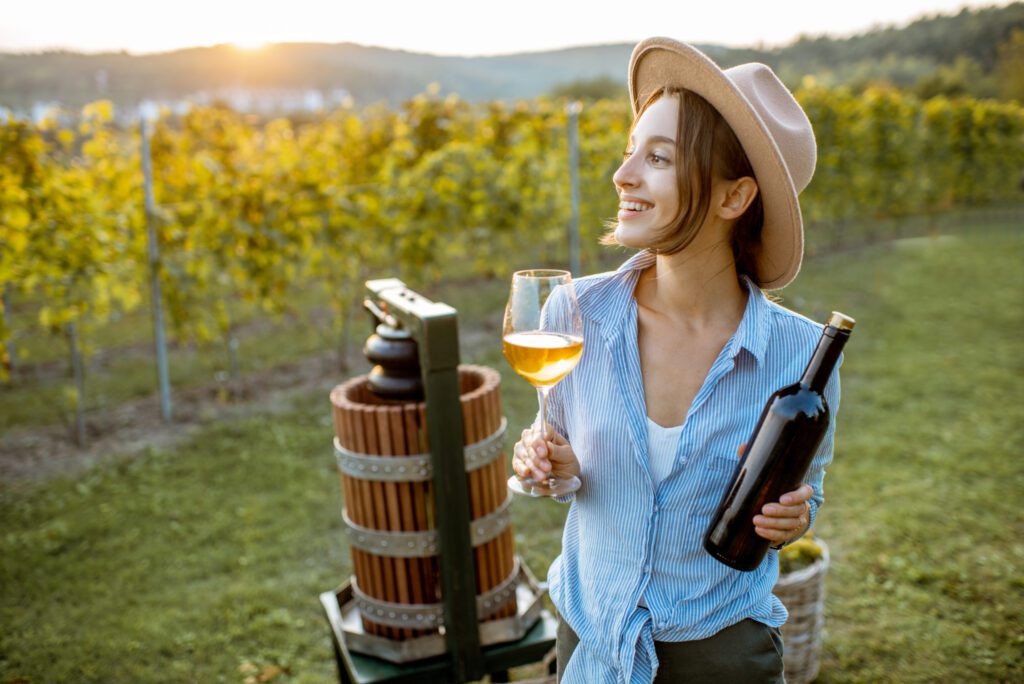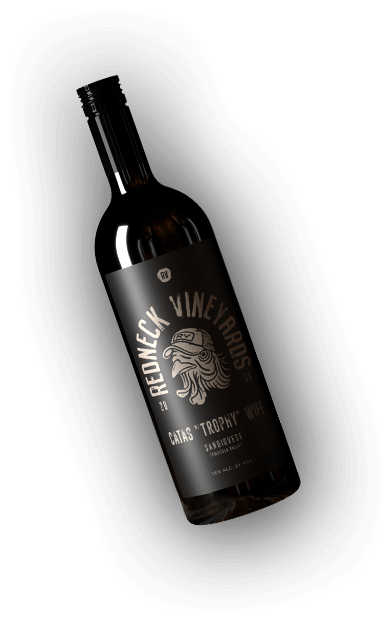Viticulture, Wine, Wine Tasting
Tips for Developing Your Palate for Wine
There is a real difference between drinking wine and tasting wine. Like anything, wine tasting is a skill that can be honed and improved. And who wouldn’t want to put the hours in when it comes to a hobby as delicious as wine? Read on to discover how you can improve your palate, increase your enjoyment, and have a more comprehensive sensory experience with every single glass you imbibe.
What is a palate?
Put simply, your palate is the roof of your mouth. It also refers to how people taste different foods and beverages. You might be interested to learn that preferences for certain flavors are, in some cases, determined by DNA. Your DNA affects the messages that are sent to the brain, and it determines whether you interpret a specific smell or taste as pleasant or not. This can impact how much you like the composition of a certain wine, and it can also determine how strongly you receive and understand the sensory messages that your eyes, nose, and mouth send to the brain.
Happily, even if you were not born with a particularly discriminating sense of taste, there are plenty of ways to develop your palate for wine and train your brain to pick up information about the complex layers of flavor in wine. Your sense of taste also depends on how much you have been exposed to a certain flavor—so the key really is putting in the hours with some rigorous training.
Top Tips for Developing Your Palate for Wine
Professional or amateur, the key secrets to tasting wine are the same. It’s all about taking more time over your wine, allowing your senses time to hone in on the complexity, and giving space for your brain to learn to interpret those messages effectively.
- Take a look at your wine and examine the color and depth of color. First, what type of wine is it—red or white? Is your white wine a pale straw color or a deep yellow? If red, is it a bright red, a purplish hue, or an almost-brick color? These may not sound like the sort of questions that will help develop your palate, but looking at the wine can give useful information about what to expect. It can also prepare you to switch to wine-tasting mode, putting aside the busyness of your everyday life while you take time to savor the experience ahead of you.
- While holding the stem of the glass, give it a swirl to oxygenate it. Then stick your nose into the bowl and take a deep sniff. Think carefully about the different aromas you can smell. Try to isolate elements and identify them separately. Can you smell fruit, for example? And if so, what kind of fruit? Is it citrus, pear, apple, plum, or something else? Perhaps you detect earthy mushrooms, the scent of roses or vanilla, and even garlic or a mineral such as sulfur. Aroma wheels can help you identify the many layers of aroma in the wine.
- The sense of smell is an essential part of taste, and that’s why it’s important to identify aromas. Think about each one in more detail. Which is dominant? Do certain aromas arise later on? All of these nuances can tell you about the story of a wine—what grapes were used, how it was made, and how long it was aged, if at all.
- Finally, it’s time to taste. Take a small mouthful of wine and move it around every corner of your mouth. Give your tastebuds a chance to have the wine wash over them and reveal its secrets. Think about the texture and mouthfeel as well as the actual components of flavor you are experiencing.
- Take your time analyzing these elements. You can even make notes in a wine-tasting notebook or app. This will help you to build a wine-tasting memory which can make the tasting process easier every time you try a new wine.
Build Your Mental Notebook of Aromas and Tastes
As you develop your wine-tasting skills and appreciation of various types of wine, you might find it helpful to be more mindful about everything you smell and taste.
Breath in deeply when flowers are in bloom in the spring. Take time to slowly savor the taste of summer’s ripe strawberries. Take in every element of the scent of crisp brown leaves in the fall. Eat slowly and thoughtfully, and try to identify various flavors in complex items like soups and sauces.
This might not seem like a wine-tasting practice, but if you’re taking conscious note of different sensory experiences, your ability to identify aromas and flavors in wine will improve as you’re developing your palate for wine.
One of the best ways to develop and refine your wine tasting skills is to learn from the pros. Schedule a tasting to test out your newly developed palate for wine at Sweet Oaks.



